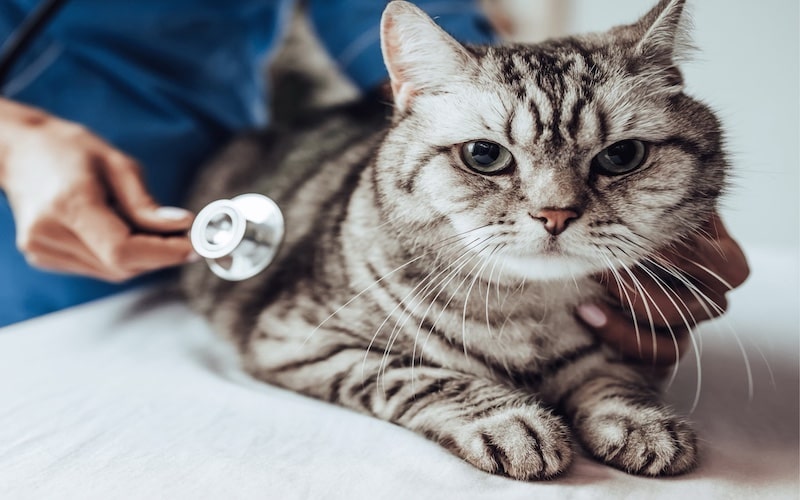As beloved companions, cats bring joy, companionship, and warmth to countless households around the world. However, just like humans and other animals, cats are susceptible to various health issues and diseases. It is crucial for cat owners to be aware of these common ailments to ensure the well-being and optimal health of their feline companions. In this comprehensive article, we will discuss ten prevalent diseases in cats, shedding light on their causes, symptoms, prevention, and treatment options.

1. Feline Upper Respiratory Infections Disease (URIs):
Feline URIs are highly contagious viral or bacterial infections affecting the nose, throat, and sinuses. Sneezing, coughing, nasal discharge, and lethargy are prominent symptoms. Vaccinations, regular vet check-ups, and maintaining proper hygiene are essential for prevention and timely treatment.
2. Feline Lower Urinary Tract Disease (FLUTD):
FLUTD is a collective term for several urinary tract disorders in cats, including bladder stones, urinary blockages, and urinary tract infections. Symptoms like frequent urination, blood in urine, or straining indicate the condition. A balanced diet, hydration, and stress reduction play vital roles in preventing FLUTD; prompt veterinary care is vital.
3. Feline Panleukopenia Disease (FP):
FP, also known as feline distemper, is a highly contagious viral disease affecting the digestive and immune systems. Symptoms include fever, diarrhea, vomiting, and severe dehydration. Vaccination, proper hygiene, and isolation of infected cats are crucial for preventing FP.
4. Feline Leukemia Virus Disease (FeLV):
FeLV is a viral disease affecting the immune system and predisposing cats to various secondary infections and cancers. Sneezing, anemia, weight loss, and swollen lymph nodes are signs of FeLV. Regular veterinary screenings and vaccination are essential to prevent this disease.
5. Feline Infectious Peritonitis Disease (FIP):
FIP is a viral disease caused by a mutation of the feline coronavirus (FCoV), typically affecting young cats. Symptoms vary, including fever, weight loss, lethargy, and fluid accumulation in the abdomen or chest. Unfortunately, currently, no effective cure for FIP exists, so the focus remains on supportive care to manage symptoms.
6. Dental Disease:
Dental issues are commonly overlooked but affect the overall health of cats. Plaque buildup, gingivitis, and periodontal disease can lead to tooth loss, pain, and even organ damage. Regular dental care and professional cleanings help prevent dental disease, improving your feline friend’s oral health.
7. Obesity Disease:
Obesity is a prevalent issue in domestic cats, leading to various health problems like diabetes, heart disease, and joint issues. Obesity can be prevented by providing a balanced diet, controlled portion sizes, and engaging your cat in regular exercise.
8. Hyperthyroidism Disease:
Hyperthyroidism is a hormonal disorder usually affecting older cats. Symptoms include weight loss, increased appetite, restlessness, and excessive thirst. Treatment options include medication, surgery, or radioactive iodine therapy to regulate thyroid hormone levels.
9. Chronic Kidney Disease (CKD):
CKD is a progressive condition that affects the kidney’s ability to function correctly. It is common in older cats. Increased thirst, frequent urination, weight loss, and decreased appetite are typical signs of CKD. Managing a cat’s diet, hydration, and appropriate medications can help slow down the progression of the disease.
10. Diabetes Mellitus Disease:
Diabetes in cats occurs when the pancreas fails to produce enough insulin or when cells become resistant to insulin. This condition can be managed through a combination of insulin therapy, a balanced diet, and weight management.
Conclusion:
Understanding the common diseases in cats is essential for maintaining your feline companion’s overall health and well-being. Regular veterinary check-ups, vaccination schedules, an appropriate diet, and a clean and stress-free environment are key factors in preventing and managing these ailments. By staying vigilant and seeking prompt veterinary care, you can ensure that your cat leads a healthy and happy life, free from the burden of preventable diseases.